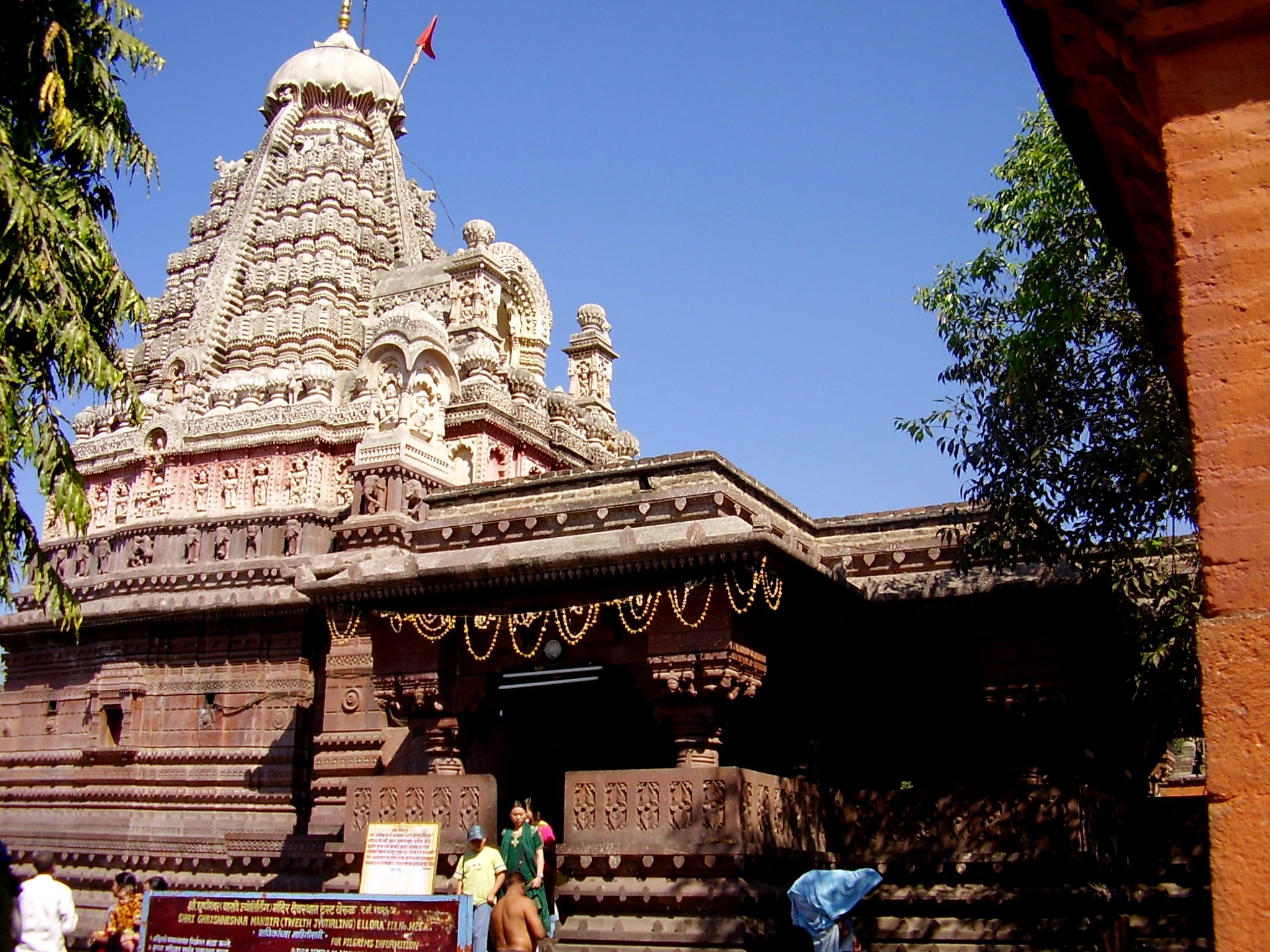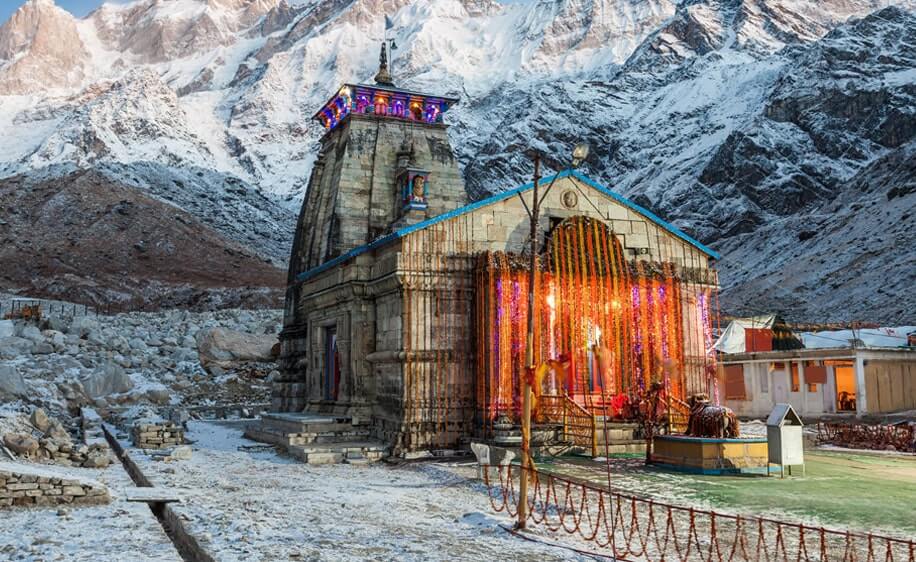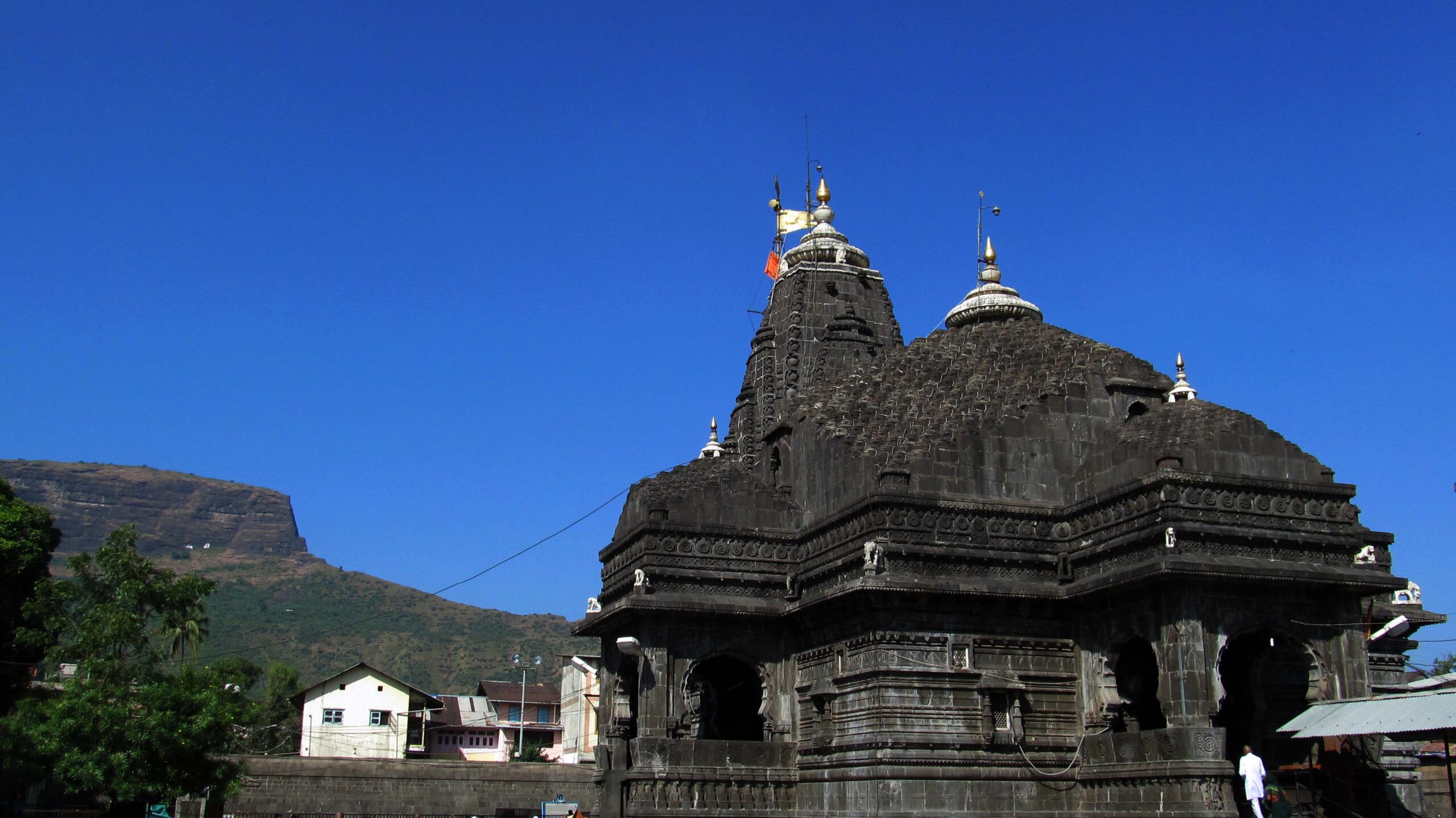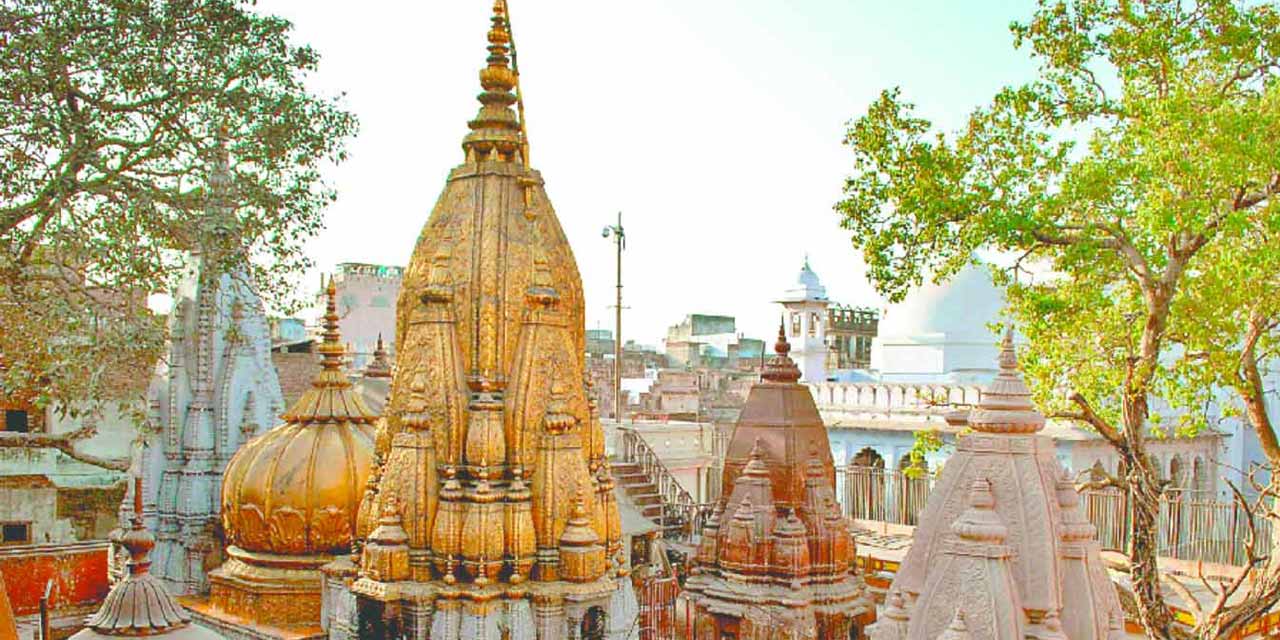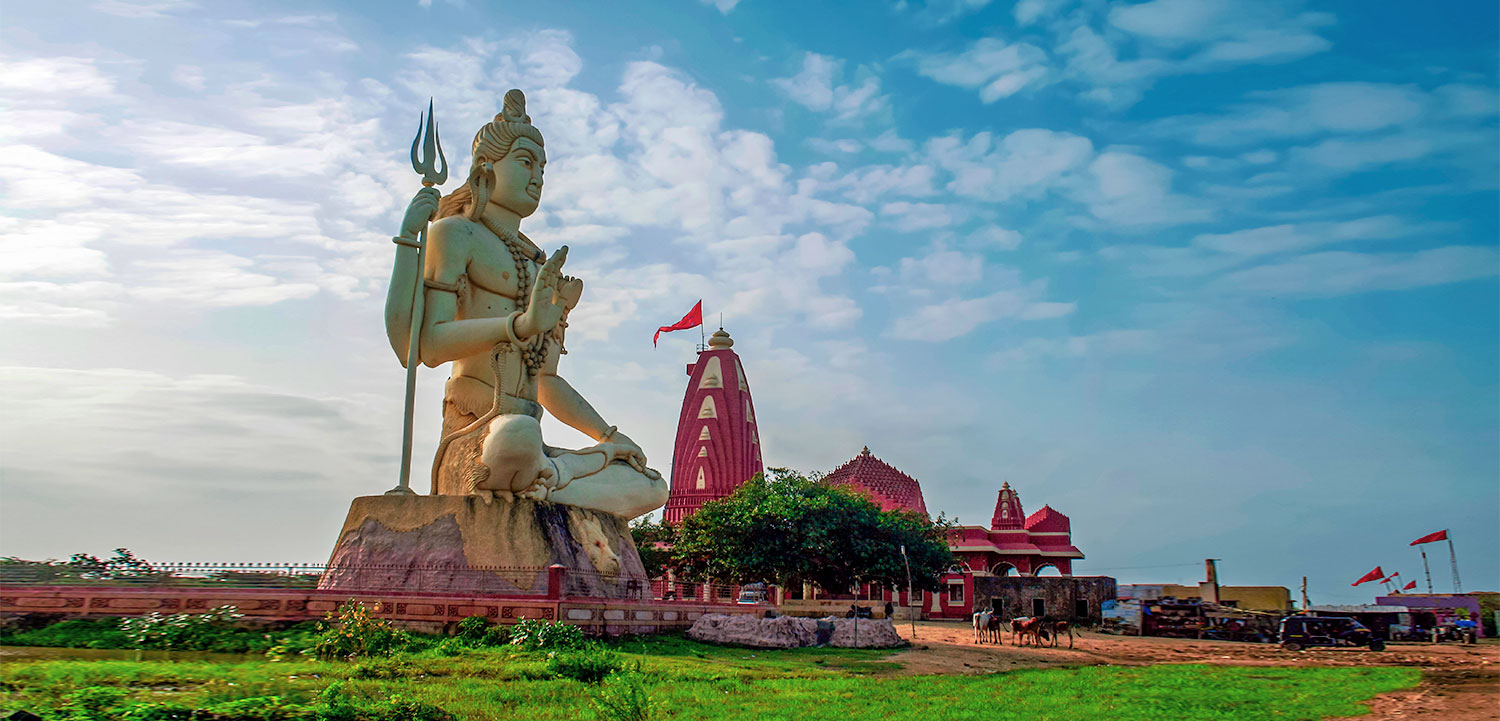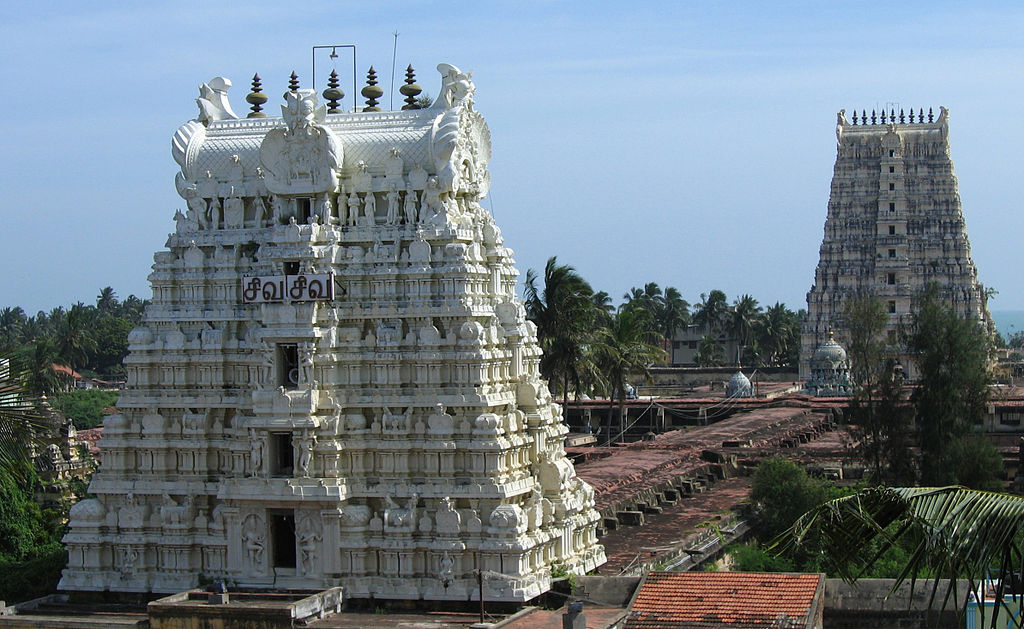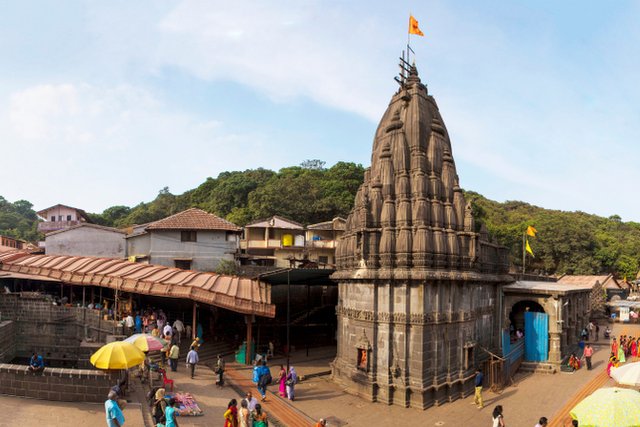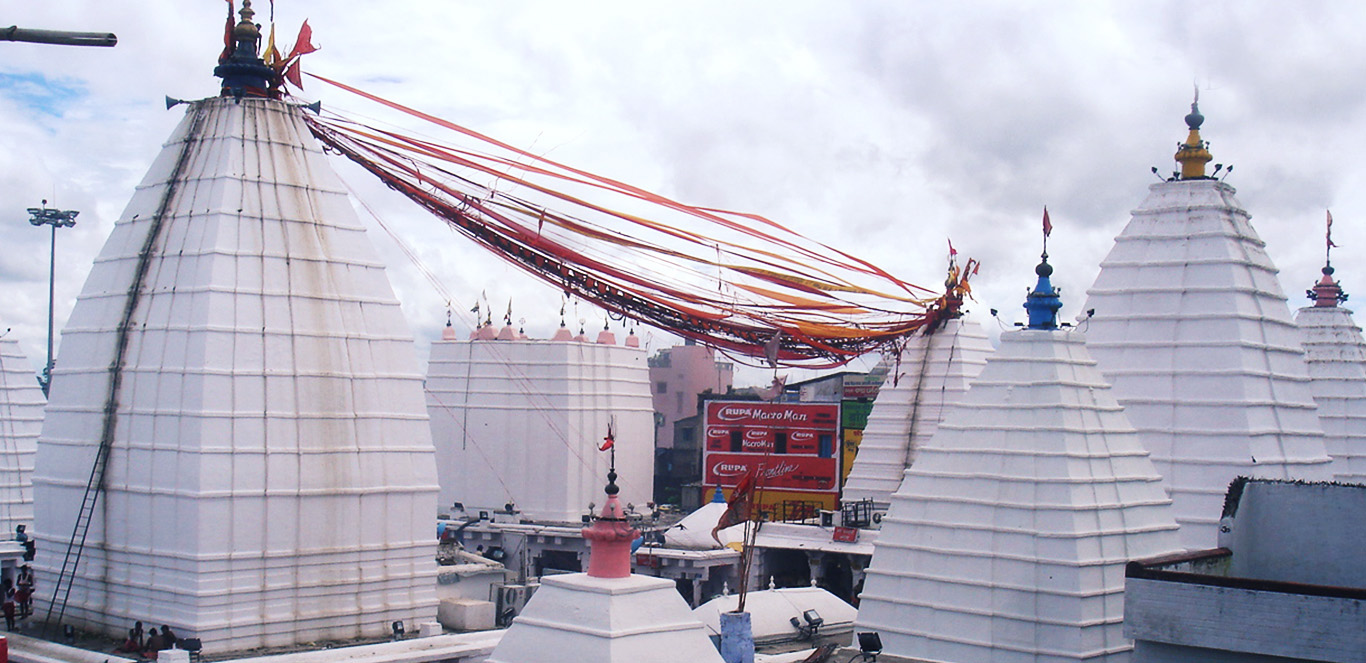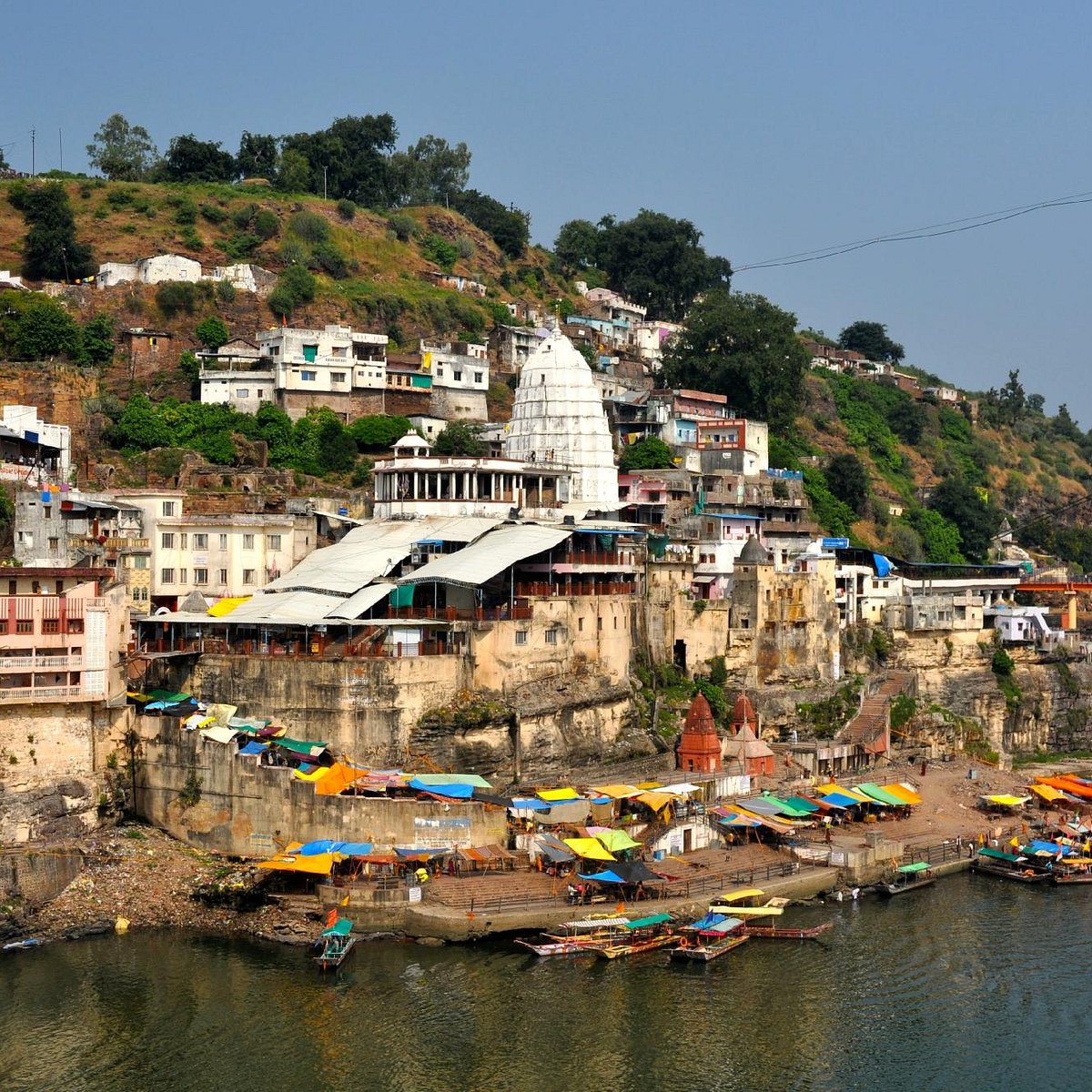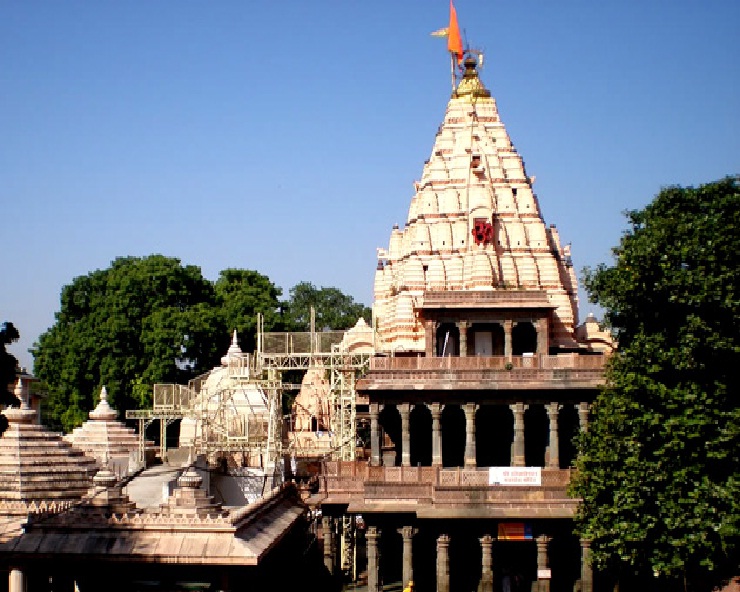Grishneshwar Temple dedicated to Lord Shiva is one of the holiest Hindu pilgrimage sites in India. Located about 35 km away from the city of Aurangabad and about 2 km away from the UNESCO-listed Ellora Caves, it is home to the 12th and the last Jyotirlinga on earth. This temple has been mentioned in the Shiva …
Kedarnath Jyotirlinga : The highest among the 12 Jyotirlingas
Situated at an altitude of over 3,500 m above sea level in Uttarakhand, Kedarnath Jyotirlinga Temple in Rudraprayag, Uttarakhand, this temple is the highest of the 12 jyotirlingas in India. It is located at the head of the Mandakini and mythical Saraswati River in the Garhwal Himalayas. One of the first references to Kedarnath is …
Trimbakeshwar Jyotirlinga : One of 12 Jyotirlingas devoted to Lord Shiva
Trimbakeshwar Shiva Temple is located in Trimbak, which is about 28 km from Nashik, Maharashtra, India. The Godavari River originates near Trimbak. There are three hills surrounding this temple – Brahmagiri, Nilagiri, and Katagiri. This Shiva temple was built by the Prime Minister of the Maratha Empire, Peshwa Balaji Baji Rao, also known as Nana …
Kashi Vishwanath Jyotirlinga : One of most famous 12 Jyotirlingas
Situated on the western bank of holy river Ganga in Varanasi, Kashi Vishwanath Temple is one of the 12 Jyotirlingas or temples dedicated to Lord Shiva. The main deity of Kashi Vishwanath Temple is Lord Shiva, also known as Vishwanatha or Vishweshwarar meaning ‘the ruler of the universe’. The city of Varanasi, the cultural capital …
Nageshwar Jyotirlinga : The 8th Jyotirlinga in Dwarka, Gujarat
Nageshwar Temple situated in Dwarka is one of the 12 Jyotirlingas in India. It is located on the route between Gomati Dwarka and the Bait Dwarka Island on the coast of Saurashtra in Gujarat. Also sometimes known as Nagnath Temple, the main deity here is Lord Shiva, also known as Nageshwar Mahadev. According to the …
Ramanathaswamy Jyotirlinga : The southernmost of the 12 Jyotirlingas
The Holy abode of the Hindu God, Shri Ram (addressed so with all respect & humility) is a virtual paradise for the devout. No Hindu’s journey is complete without a pilgrimage to both Varanasi and Rameswaram for the culmination of his quest for salvation and is hallowed by the epic ‘Ramayana’. Folklore mentions about God …
Bhimashankar Jyotirlinga : One of 12 Jyotirlingas devoted to Shiva
Bhimashankar Jyotirlinga is located in the village of Bhorgiri, about 125 km from Pune, in Maharashtra, India in the Ghat region of the Sahyadri Mountains. It is the place where the Bhima river’s source can be found. This river finally merges with the Krishna River. The Bhimashankar temple is a testament to the skills of …
Baidyanath Jyotirlinga : The most sacred abodes of Lord Shiva
Baidyanath Jyotirlinga temple, also commonly referred to as the Baidyanath Dham, is one of the twelve Jyotirlinga in India and is considered to be the most sacred abodes of Lord Shiva. Baidyanath Dham has been famous since the rule of the last Gupta emperor, Adityasena Gupta in the 8th century AD. Mughal emperor Akbar’s brother-in-law …
Omkareshwar Jyotirlinga : The 4th and one of the highly revered Jyotirlinga
Omkareshwar Jyotirlinga Temple in Khandwa, Madhya Pradesh has a large prayer hall with about 60 huge and elaborately carved stone pillars supporting it. It is a five-storied structure with each floor having a different deity. Above the Omkareshwar linga is the Mahakaleshwar temple. Sidhnath, Gupteshwar, and Dhwajeshwar temples are on the third, fourth, and fifth …
Mahakaleshwar Jyotirlinga : The 3rd in line of 12 Jyotirlingas
The Mahakaleshwar temple has been built in Maratha, Bhumija and Chalukya architectural styles. It has five levels, one of which is underground. There are images of Lord Shiva’s consort, Goddess Parvati (to the north), his sons, Ganesha (to the west) and Kartikeya (to the east) and his mount, Nandi (to the south). On the second …

